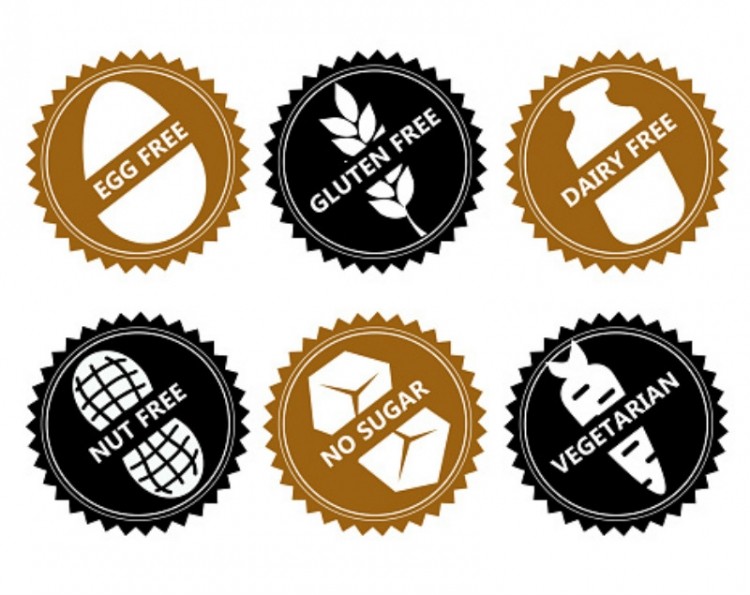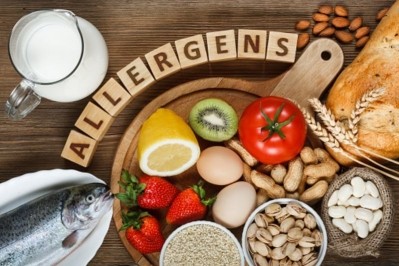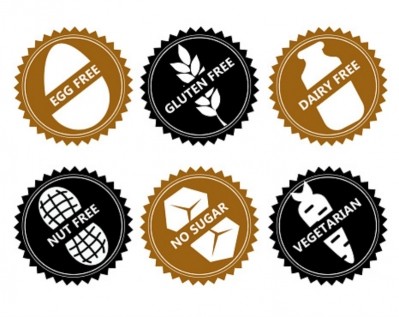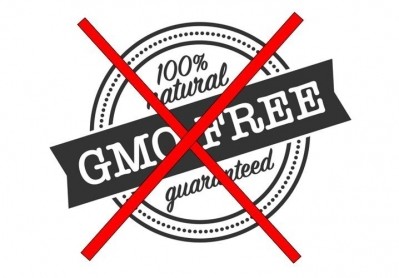Allergen alert: Lack of warning labels on processed foods ‘bigger issue’ than cross-contamination in Australia

According to the study which was based on food recall data from Food Standards Australia New Zealand (FSANZ) from 2009 to 2018, undeclared allergens took up 266 of 675 food recalls (39%), far more than other factors such as microbial contamination (26%) or foreign matter contamination (16%).
Further scrutiny of all undeclared allergen data from 2016 to 2018 revealed that some 56% (51 cases) of these were due to ‘packaging errors’, e.g. foods either packed into incorrect packaging or was incorrectly labelled and just 10% (nine cases) due to cross-contamination.
“[Unintended] food allergen presence in processed foods caused by allergen cross‐contact has been suggested as the leading cause [of] adverse reactions, but our current results suggest that [this may not be so],” said the researchers from the Melbourne School of Population and Global Health and Centre for Food and Allergy Research, led by Dr Giovanni Zurzolo.
“In Australia, packaging errors [were found to be the] leading cause of food recalls due to presence of undeclared food allergens, not allergen cross‐contact. [These high numbers] may also explain the relatively high prevalence of consumer reported anaphylaxis to processed foods.”
“There is a need for improved packaging practices to minimise foods with undeclared allergens and increase food safety for food allergic consumers.”
The researchers’ call comes at a time when the FSANZ is doubling down on efforts to tighten regulations surrounding mandatory allergen labelling regulations, dubbed the Plain English Allergen Labelling (PEAL) proposal – the project has been in motion since as far back as 2010, but it was only recently that it moved to the ‘final changes for approval’ stage post-public consultation.
By FSANZ’s own admission, the current labelling regulations are both ‘confusing’ and ‘uncertain’ for both consumers and food businesses due to a lack of standardised requirements in the Food Standards Code, which is also the number one request that the public has made.
“There are 11 known foods and ingredients that can cause severe allergic and other adverse reactions in some people [and current regulations] require these to be declared on labels when present in food [but] there are no requirements on how these declarations must be made,” said FSANZ on the formal PEAL page.
“[As of July 2020, the latest] feedback from stakeholder consultations and research tells us that consistency is key – information should be presented on food labelling in a consistent way, including format, wording and location.”
What and where
These 11 allergens that need to be included on warning labels are: gluten, crustacea, eggs, fish, dairy, peanuts, tree nuts (except coconuts), sesame seeds, soybean, added sulphites (10 mg/kg or more), and lupin, as well all products containing these.
In terms of where the warning should be placed on packaging, industry groups have called for allergens to be declared as part of the ingredients list as opposed to a separate ‘contains’ statement (allergen summary statement) to be added to packaging.
According to the Australian Food and Grocery Council (AFGC) and Australian Industry Group (AIG), this is due to cost concerns.
“Mandating the contains statement has the potential to add significant cost to the food industry in Australia and New Zealand, and will impact imports,” said both groups in their submissions.
Some food manufacturing firms, such as dairy giant Bega, called instead for these warnings to be implemented both in the ingredients list and via a separate ‘contains’ statement.
“Mandating allergen declarations in both the ‘contains’ statement and ingredient list using PEAL is necessary to create consistency in allergen declarations within the label, and across different foods,” said Bega in its submission.
“[This will also help to] draw consumers’ attention to the presence of an allergen/s more quickly and easily.”
Nothing new
This is not the first time allergen labelling concerns have been highlighted as an issue in Australia – apart from the PEAL being conceptualised some 10 years ago, last year Zurzolo and his team also found that over half of all anaphylaxis cases in the country were linked to incorrect labelling.
“Government regulation and improved labelling is needed to standardise the allergen labelling system and, in doing so, improve the quality of life for consumers with food allergies,” he told us.
“Getting [this] standardised will be a challenge though as [many] food manufacturers do not agree (sic).”
FSANZ may also have its hands full with a new round of food recall statistics this year, which revealed that food microbe contamination cases rose by 50% in 2019. Once this decade-long allergen labelling mandate is completed, it is likely that fresh analysis will be needed to look into this new microbe threat.
Study: Are Packaging Errors The Real Cause For Food Recalls And Allergic Reactions In Australia?
Source: Journal of Paediatrics and Child Health
Authors: Zurzolo, G. A. et. al.






















